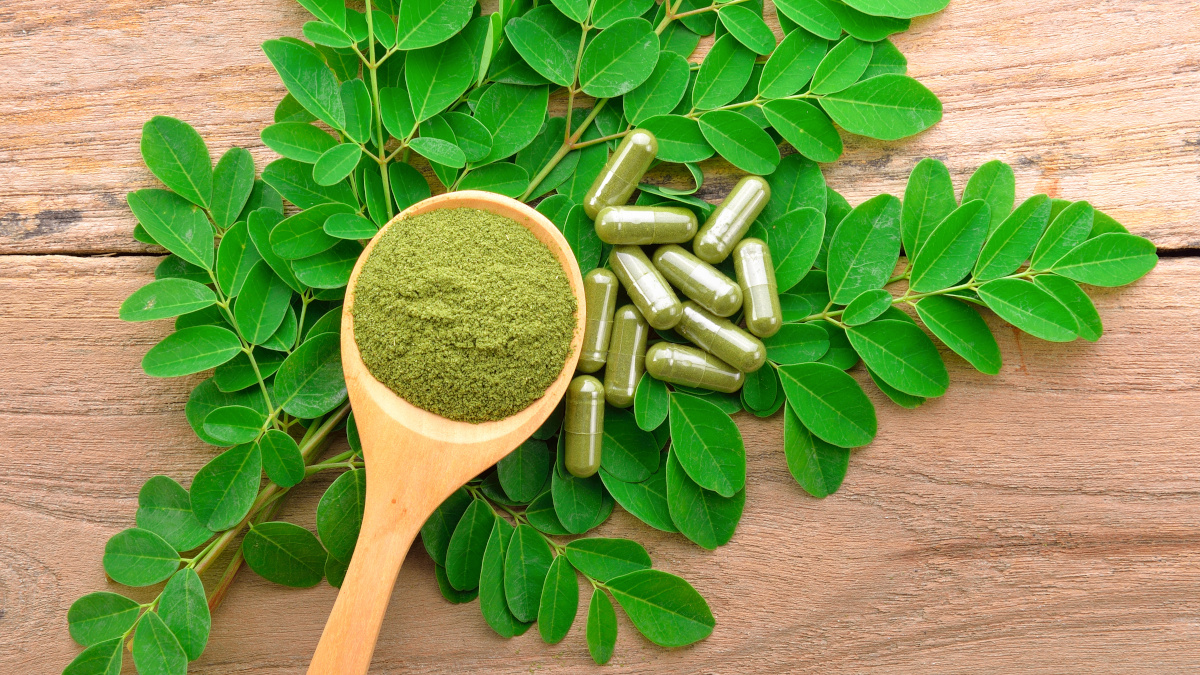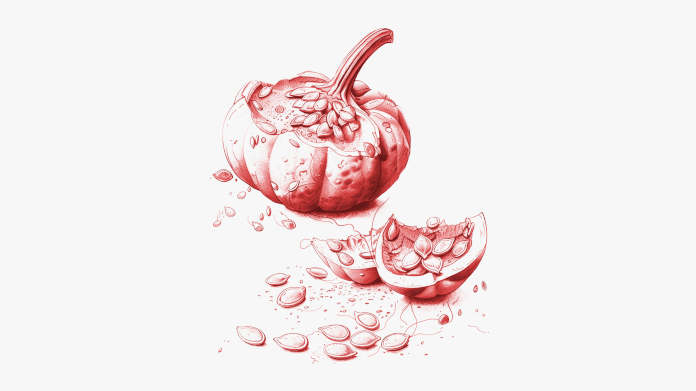Moringa: the ‘miracle plant’ that helps to maintain normal blood sugar levels
‘Miracle tree’, ‘tree of life’, ‘richness of India’ ... A star plant of Ayurvedic medicine used for centuries in India and Africa, moringa continues to surprise us with its high nutritional value and unique properties

Moringa: a plant used for millennia
Originating from Nepal but now found predominantly in the world’s tropical and sub-tropical regions, moringa (Moringa oleifera) is a fast-growing tree capable of withstanding periods of extreme dryness. Numerous parts of the tree are edible, including the roots, leaves, seeds and flowers.
For thousands of years, moringa has been a feature of Ayurveda, India’s traditional system of medicine, which uses phytotherapy, dietetics, aromatherapy, massage and yoga to rebalance the mind and body. According to Ayurvedic tradition, this plant may help to combat more than 300 health problems.
Studies have also shown its extensive use as a medicinal plant in Nigeria (1). In the various world regions where it grows, moringa is also widely used as a seasoning, vegetable or source of plant protein.
A key solution to malnutrition?
For several years now, moringa has been the subject of a growing number of scientific studies, aimed in particular at identifying its nutritional properties.
According to one carried out in 2011, the dried leaves of moringa contain minerals such as calcium, phosphorus, magnesium and potassium. 17 fatty acids have also been identified, α-linolenic acid (44.57%) having the highest value, followed by heneicosanoic acid (14.41%), g-linolenic acid (0.20%), palmitoleic acid (0.17%) and capric acid (0.07%). It also contains proteins, vitamins, β-carotene, amino acids, and various phenol compounds(2).
In fact, for several years, the World Health Organization and the movement Engineers Without Borders have been supporting programs designed to promote the cultivation of moringa in areas of Africa affected by malnutrition (3-4).
The plant could turn out to be an important resource for the future, not only because of its significant ability to survive dry periods, but also because of its now widely-recognized and exploited nutritional qualities.
Moringa is known to help maintain normal glycaemia
Finally, a number of studies are underway to evaluate moringa’s therapeutic potential. According to one such study: “In addition to its water-purifying powers and high nutritional value, Moringa oleiferais very important for its medicinal value”(5).
Moringa is recognized in particular for helping to maintain normal blood sugar levels(6-7), a property that’s particularly useful over the festive or post-festive period. This is a time when we tend to eat more high-fat, high-sugar foods and consume more alcohol, all of which have a significant effect on our blood sugar levels.
To gain maximum benefit from moringa’s effects, choose a high-quality supplement, made from organically-grown leaves, such as the product Organic Moringa leaf Extract.
References
- G.C. Stevens, K.P. Baiyeri, O. Akinnagbe, Ethno-medicinal and culinary uses of Moringa oleifera Lam ; in Nigeria, Journal of medicinal plants research, 6A27CAA22304 Vol.7(13), pp. 799-804 , April 2013
- Busani Moyo, Patrick J. Masika, Arnold Hugo, Voster Muchenje, Nutritional characterization of Moringa (Moringa oleifera Lam.) leaves, African Journal of Biotechnology Vol. 10(60), pp. 12925-12933, 5 October, 2011, DOI: 10.5897/AJB10.1599
- https://www.who.int/countries/cog/news/plantes_medicinales_sept07/fr/
- https://www.isf-france.org/articles/le-moringa-un-moyen-de-lutte-contre-la-malnutrition-au-togo
- Anwar, F., Latif, S., Ashraf, M. and Gilani, A.H. (2007), Moringa oleifera: a food plant with multiple medicinal uses. Phytother. Res., 21: 17-25. https://doi.org/10.1002/ptr.2023
- C.O. Edoga, O.O. Njoku, E.N. Amadi, J.J. Okeke, Blood sugar lowering effect of moringa oleifera Lam ; in albino rats, International Journal of Science and Technology, Volume 3 n°1, January 2013
- Kumari DJ. 2010. Hypoglycemic effect of Moringa oleifera and Azadirachta indica in type-2 diabetes. Bioscan 5: 211–214.
Keywords
4 Days
Fast delivery
Fast delivery
MONELL
5 Days
Good prices
Good prices, easy to order, and communicate with. Answers emails. Timely shipping
DOMINIC
5 Days
quick delivery
quick delivery
Barbara J
8 Days
Love this product
Love this product, works so well for my arthritis!
BLANCO Judy
11 Days
Great quality supplements
Great quality supplements, fast shipping and excellent customer service. Thank you
Romana
11 Days
fast service and shipping..best prices…
fast service and shipping..best prices for GHK-CU
Marie
11 Days
Professional
Professional, timely shipping and effective products!
Mohamad Hussein
12 Days
Fast shipping plus hard to find peptide.
Fast shipping plus hard to find peptide.
WATERS R
14 Days
Above and Beyond!
Above and Beyond!
DOMINIC
19 Days
Solid
Fast, affordable, effective.
Buyer
19 Days
The supplements made an immediate…
The supplements made an immediate impact on my microbiome. I love it.
JOHNSON Stephen
21 Days
SUPERSMART WEIGHT LOSS BOOSTER
SUPERSMART IS A GREAT CO- MPANY, GREAT PRICES,IT'S SO VERY EASY TO GET A HOLD OF AND, I RECEIVED MY ORDER IN SUCH A VERY SHORT TIME,AND BECAUSE OF THAT,I AM ALREADY LOSING WEIGHT! IT'S MAKES FOR A GREAT DAY WHEN I WEIGH MY- SEF AND I FIND OUT THAT I HAVE LOST A COUPLE OF MORE PO- UNDS.I ALSO DO THE "SPEED UP YOUR METABOLISM TRICK",WH- ERE YOU DIET ONE DAY AND ARE OFF THE NEXT,AND YOU DRINK DIET GREEN TEA AND AND EAT "DIET TYPE " OF MEALS.IT DOES HELP.I ALSO TRY TO EAT FOODS THAT "BURN CALORIES" ON "DIET DAYS".
PERFUMO Irene L
21 Days
The package arrived in good condition
The package arrived in good condition. It is too soon to say how effective the S-Acetyl-Glutathione is as I have taken only 1 capsule.
WRIGHT Connie
23 Days
Great people
Great people, friendly, helpful and competent!
WHITEHILL Claude Steven
25 Days
Ease of ordering and customer service.
Ease of ordering and customer service.
CARTER Rhonda



